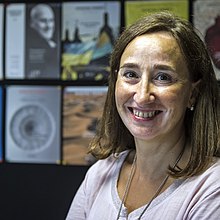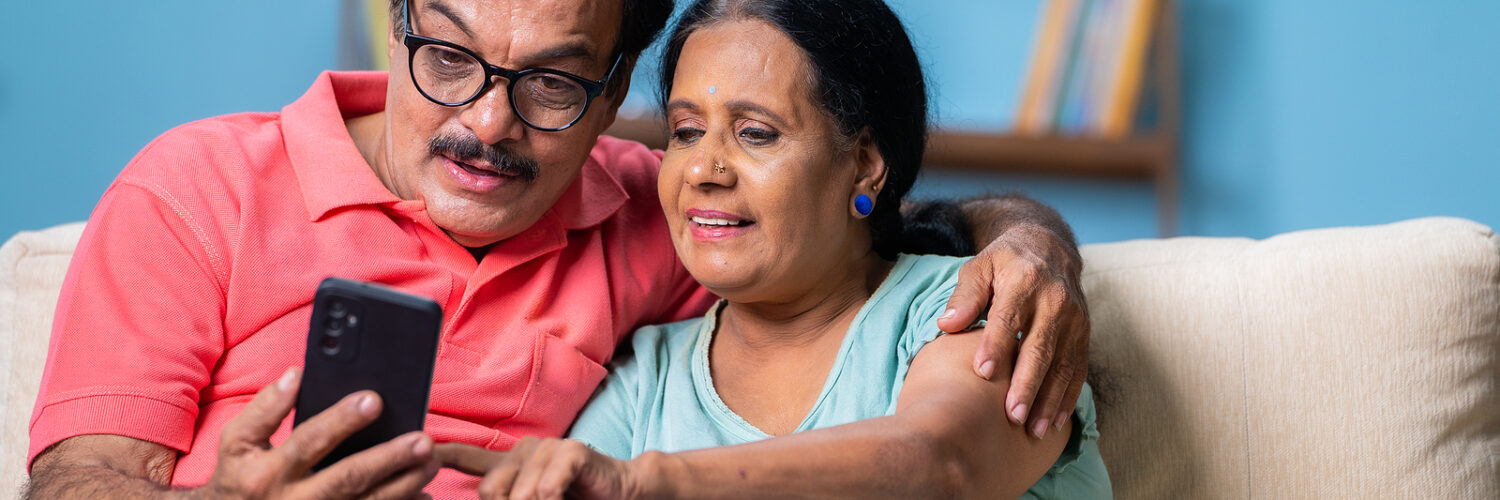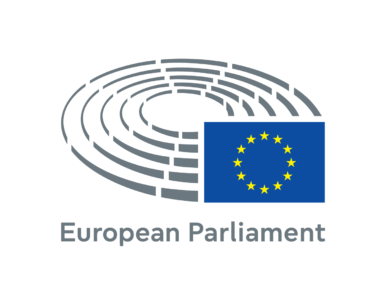by Charo Sádaba, School of Communication, University of Navarra, Spain.
Sadly, the recent conflict in Gaza and Israel made us, again, very aware of the perils of disinformation. Hoaxes and manipulated content circulate through social networks at full speed, making it difficult to critically evaluate the information we consume. There have been many initiatives proposed by different stakeholders to tackle the effects of disinformation on individuals and on society, mostly when it comes to its negative impact on trust and credibility. The problem is global and therefore demands a multi-dimensional, multi-level strategy, one that adapts to each age group and addresses the particularities of those most vulnerable.
What about the solutions to this complex situation?
Many of the global efforts designed to promote digital and media literacy have targeted the younger population who, mostly because of their age, have not fully developed their critical thinking skills and are significantly more exposed to digital contents than older generations. But children, teenagers and young people are not the only vulnerable group. Elderly people, generally more mature and with a built-in level of critical thinking, frequently lack knowledge or the abilities to select and weigh all the information the Internet provides. This is especially relevant when that information arrives through second-generation networks like WhatsApp or Telegram. In contrast to the process of trust on traditional media, elderly people trust these channels not because of the media itself, but because of the person who originally shares the information. In this sense, the Digital News Report 2021 stated that WhatsApp is the media through which most false information is spread in Spain (Vara-Miguel et al., 2022).
Why are seniors a vulnerable group?
This population group is relevant not just for demographic reasons, but also for strategic ones: they consume a lot of information and are concerned about news and current affairs. One of the challenges in the promotion of digital literacy for elderly people is the absence of channels or formal education systems that do exist in the case of younger generations. It is difficult to develop creative initiatives to facilitate the acquisition of digital skills for older citizens. Elderly people’s digital skills, or the lack of them, should therefore be a vital focus for any initiative aiming to fight the harmful effects of disinformation.
How was this activity planned?
The “How to detect false information online?” course was launched in Spain on April 19th, 2022. The project, aimed to fight disinformation and specially targeted at people over 50, was developed by Poynter-MediaWise, Newtral and Universidad de Navarra, with the support of Meta. This free, 5-minutes per day and 10 days-long course was available via WhatsApp and included lessons with simple and practical techniques designed to improve competence in the use of online informational resources and general digital skills.
It was our responsibility to measure the effectiveness of the course, for which a study was designed in two waves and with a control group. Based on a study already carried out by a Stanford team, the success in detecting misinformation and also digital skills were measured. Once the course was completed, a survey was carried out again where possible improvement in the ability to detect misinformation and digital skills was verified.
What are the main results?
The course has proven to be an efficient tool in helping participants both improve their ability to correctly assess the veracity of headlines and acquire new knowledge that is probably useful in the process of fighting disinformation. This age group tend to trust more traditional media but, in any case, the major mistrust goes to social media and social networks like Facebook, Twitter and YouTube: 77,1% – 3 out of every 4 respondents- think that social networks are ‘always’ or ‘very frequently’ the place for false information.
The research confirms that, once the course is completed, the number of correct answers in the experimental sub-sample is higher at identifying true headlines that are indeed true. After the completion of the course, the experimental group had also significantly improved in its knowledge or understanding of some of these techniques and tools, particularly those related to information checking such as ‘lateral reading’ or ‘inverse images search’.
Was it worthwhile?
The course has proven to be an efficient tool in helping participants both improve their ability to correctly assess the veracity of headlines and acquire new knowledge that is probably useful in the process of fighting disinformation.
On the other hand, while the content has been able to show positive results, it has been difficult to acquire a large sample of respondents who fully completed the training. A different format could be considered, easier and more user- friendly for this age group, in order to get more people to access such valuable content, at least in the case of Spain.
The study also shows us that political and third-party biases exist and play a clear role in the ability to detect disinformation.
Further readings,
To read the Full Original Report.
To read the article: How to teach the elderly to detect disinformation: a training experiment with WhatsApp.
To read the article: Overcoming the Age Barrier: Improving Older Adults’ Detection of Political Disinformation With Media Literacy.

Author
Charo Sàdaba Chalezquer, Full Professor, School of Communication, University of Navarra, Spain.














